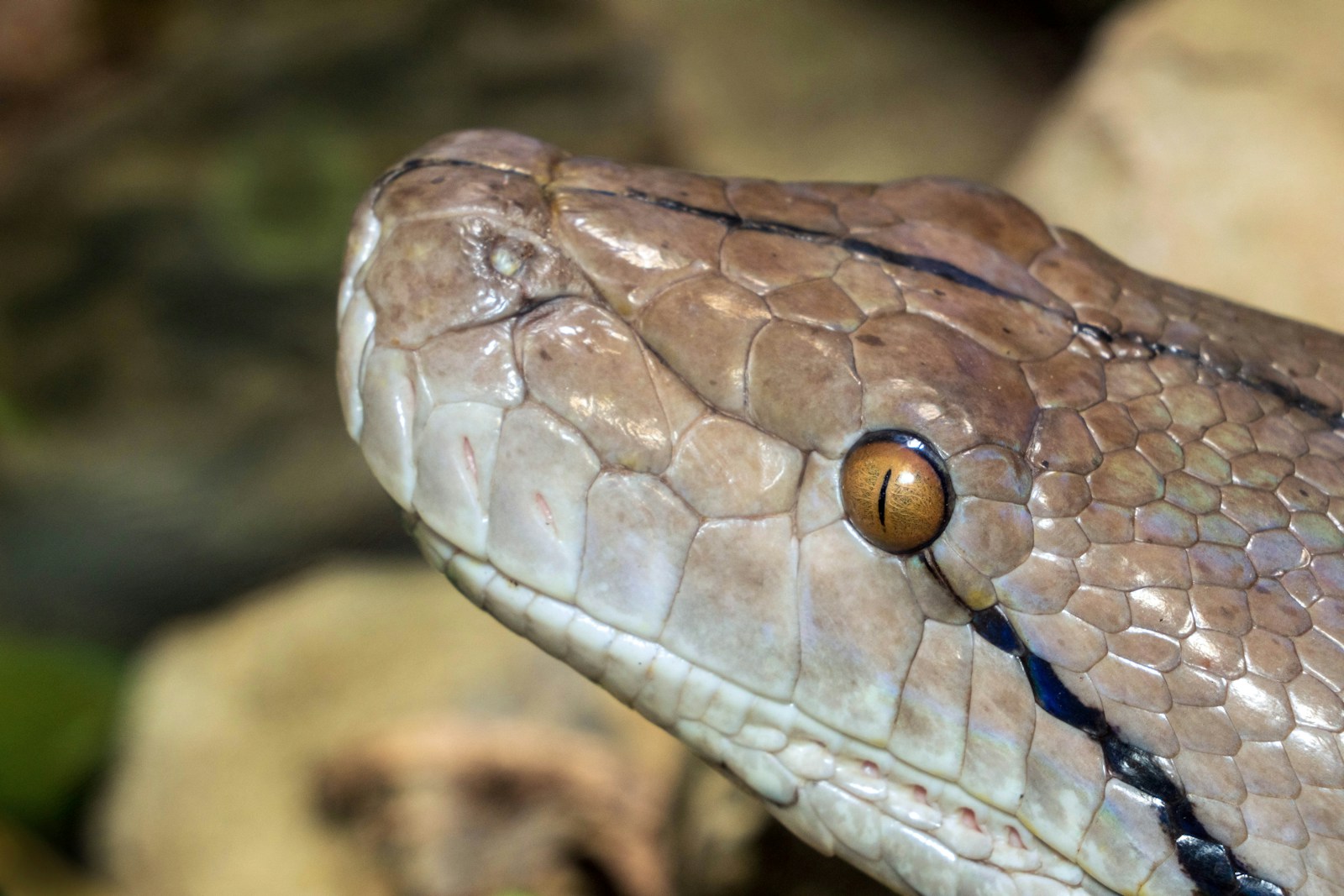In the shadowy depths of tropical rainforests and along the winding riverbanks of some of the world’s most remote regions, giants slither silently. The world of non-venomous snakes contains some truly massive specimens that capture our fascination and sometimes provoke our primal fears. Among these serpentine behemoths, certain individuals stand out for their extraordinary size, having reached dimensions that seem almost mythological. This article explores the largest non-venomous snake ever officially recorded, examining not only its impressive measurements but also the biology, habitat, behavior, and conservation status of these remarkable creatures that represent the upper limits of what serpentine evolution has produced.
The Reticulated Python: King of Non-Venomous Snakes
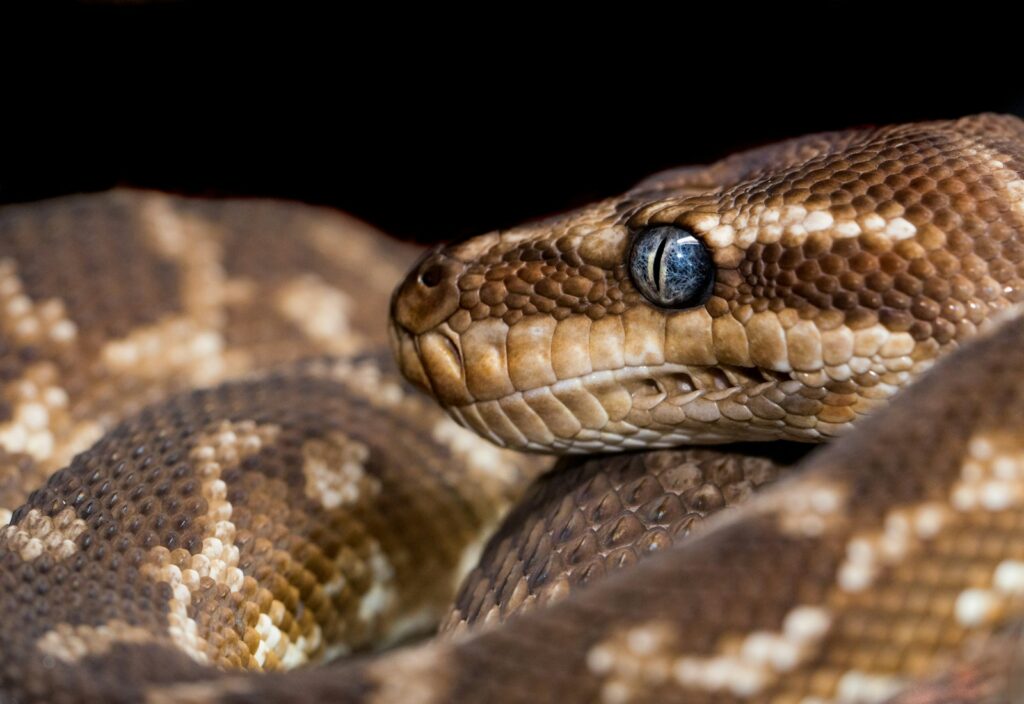
The reticulated python (Python reticulatus) holds the title for the longest non-venomous snake species in the world. Native to Southeast Asia, these magnificent constrictors are renowned for their complex netted pattern that gives them their name “reticulated,” derived from the Latin word for net-like. While green anacondas may be heavier, reticulated pythons are consistently longer, with verified specimens regularly exceeding 20 feet in length. These pythons have evolved their impressive size over millions of years, allowing them to tackle larger prey and dominate their ecological niche. Their remarkable length combined with muscular bodies makes them formidable predators in the dense rainforests and wetlands they call home.
The Record Holder: Medusa

The largest officially measured and verified non-venomous snake in captivity is a reticulated python named Medusa. Owned by Full Moon Productions in Kansas City, Missouri, Medusa was officially measured by the Guinness World Records in 2011, coming in at an astounding 25 feet, 2 inches (7.67 meters) long. Weighing approximately 350 pounds (158.8 kilograms), this female reticulated python comfortably claimed the title of the longest snake in captivity. Medusa’s extraordinary size required a dedicated team of handlers and special accommodations, including a custom-built enclosure that would be suitable for a creature of her dimensions. Her measurement was conducted under strict Guinness protocols, requiring the snake to be completely stretched out in a straight line—no easy feat with a living python of such proportions.
Wild Contenders: Unverified Giants
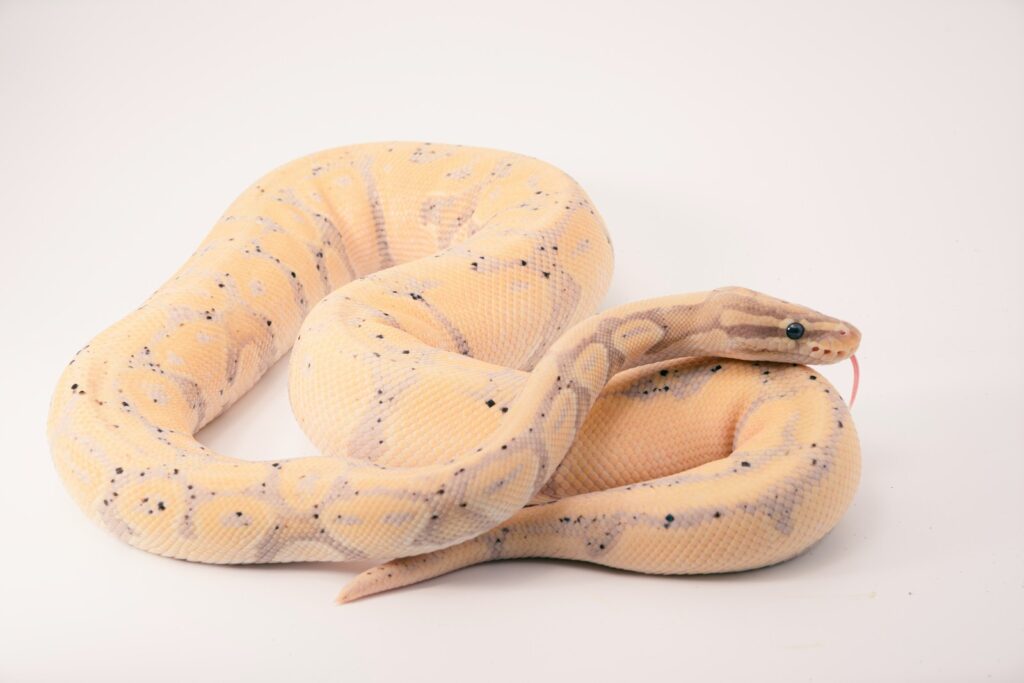
While Medusa holds the official record for captive snakes, stories of even larger specimens in the wild have persisted throughout history. Perhaps the most famous was a reticulated python reportedly killed in Indonesia in 1912, which was said to measure an incredible 33 feet (10 meters) long. Unfortunately, this measurement was never officially verified by scientific authorities, leaving it in the realm of anecdote rather than confirmed record. Similar claims emerge occasionally from remote regions of South America regarding anacondas of enormous proportions, with local accounts describing monsters reaching lengths of 40 feet or more. The scientific community generally views these reports with skepticism, as no specimens approaching these dimensions have ever been properly documented, measured, and verified under controlled conditions. The gap between verified records and folklore remains substantial, highlighting the challenge of separating fact from exaggeration.
Anatomy of a Giant
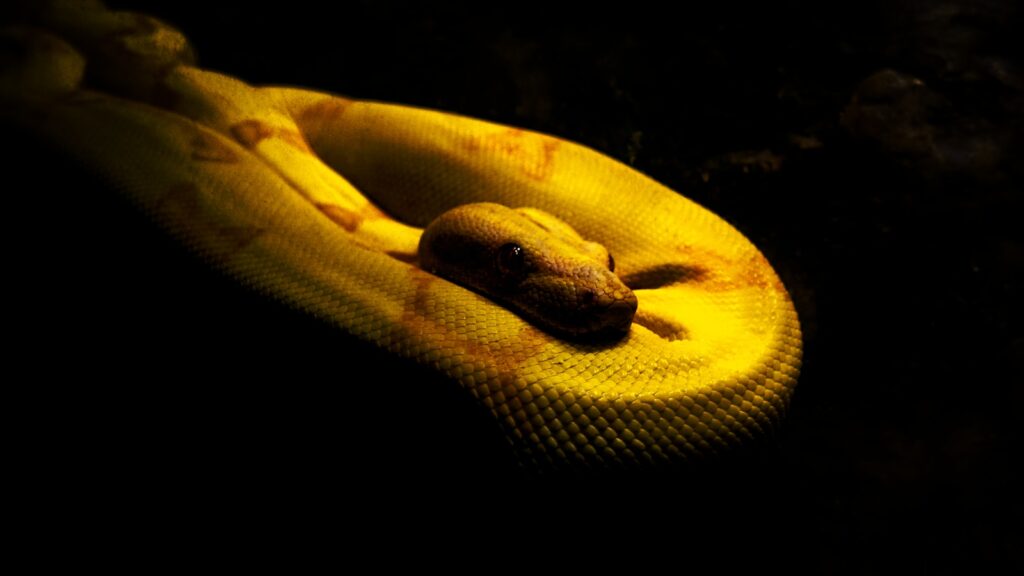
The remarkable size of record-breaking pythons is supported by their specialized anatomy, which differs significantly from that of smaller snake species. Reticulated pythons possess between 300-450 vertebrae, far more than most other snake species, allowing for their extreme length and flexibility. Their muscular bodies contain specialized sets of ribs and muscles that enable both powerful constriction and the ability to swallow prey much larger than their head. The skin of these giants is remarkably elastic, equipped with specialized scales that allow for significant stretching during feeding and growth. Additionally, these massive snakes have highly efficient digestive systems capable of breaking down large prey items and converting them to energy during digestion periods that can last weeks, during which time the snake’s metabolism undergoes remarkable adaptations.
Growth Patterns and Size Determinants
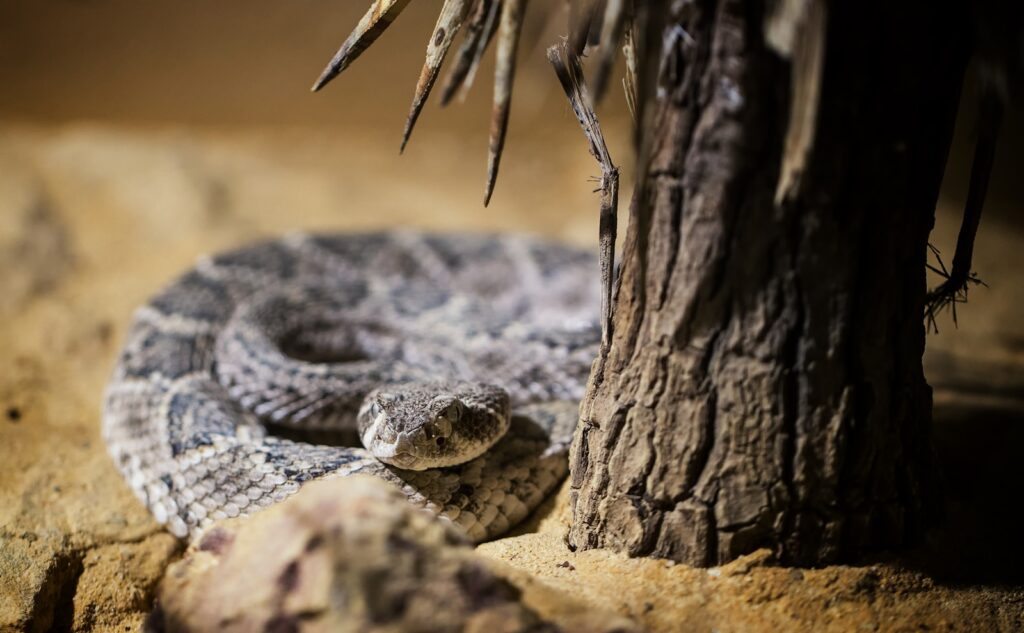
The growth pattern of reticulated pythons helps explain how specimens like Medusa reach their extraordinary size. These snakes exhibit indeterminate growth, meaning they continue growing throughout their lives, albeit at progressively slower rates as they age. Young reticulated pythons can grow extremely rapidly, sometimes adding several feet per year under optimal conditions of abundant food and appropriate habitat. Genetic factors play a significant role in determining maximum potential size, with some bloodlines naturally predisposed to reach greater dimensions than others. Environmental factors are equally important, with food availability, temperature, stress levels, and overall habitat quality directly influencing growth rates and maximum size. Captive specimens with consistent feeding schedules and controlled environments sometimes reach greater sizes than their wild counterparts, who face food scarcity, predation pressure, and other environmental challenges.
Geographical Distribution
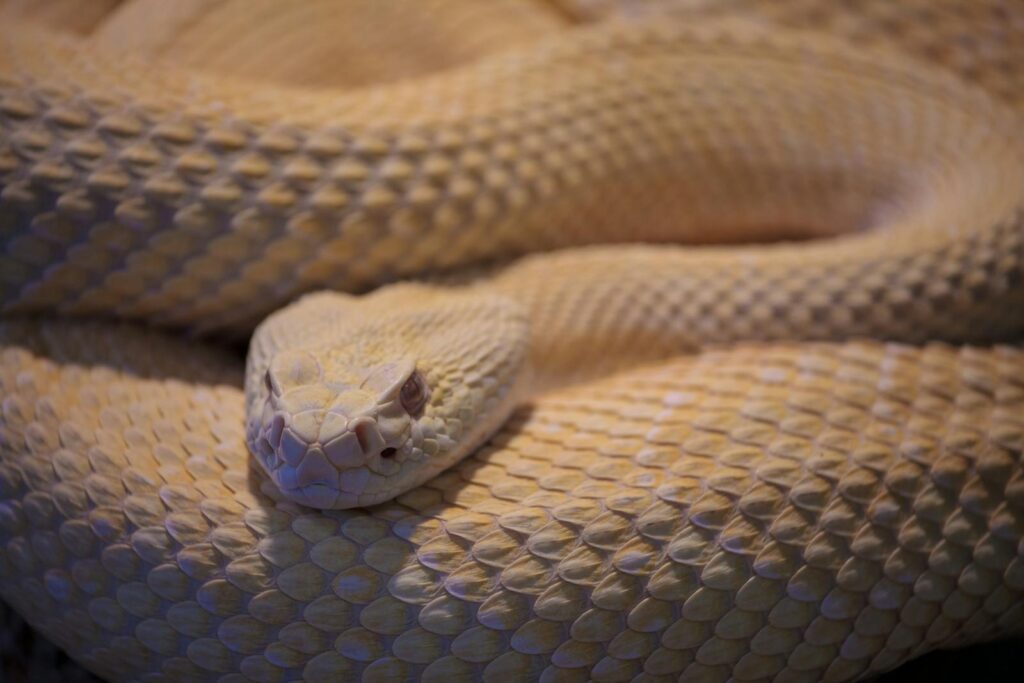
The reticulated python’s range spans much of Southeast Asia, creating a wide distribution of potential habitats for record-breaking specimens. These massive constrictors are found throughout Indonesia, the Philippines, Singapore, Malaysia, Thailand, Vietnam, Cambodia, Laos, Myanmar, and parts of Bangladesh and India. The species shows remarkable adaptability, thriving in primary and secondary rainforests, wetlands, grasslands, and even agricultural areas near human settlements. This wide distribution across varied habitats has contributed to regional size variations, with some populations tending toward larger average sizes than others. Island populations sometimes exhibit different size characteristics than mainland specimens due to ecological factors, prey availability, and genetic isolation. The largest verified specimens typically come from areas with abundant large prey animals and minimal human hunting pressure.
Diet and Hunting Methods
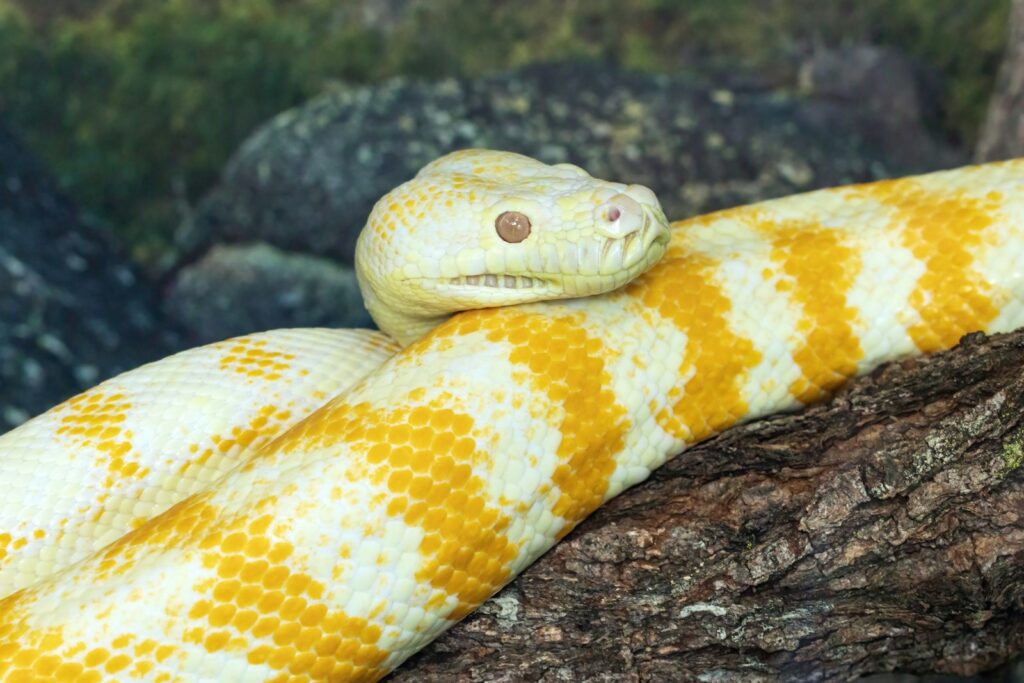
The impressive dimensions of record-holding reticulated pythons are directly linked to their diet and hunting capabilities. These apex predators primarily consume mammals, with adults regularly taking prey as large as pigs, deer, and occasionally small cattle or humans. Using an ambush hunting strategy, the python waits motionless, often near game trails or water sources, before striking with remarkable speed for their size. After seizing prey with their recurved teeth, they rapidly wrap coils around the victim, constricting until cardiac arrest occurs. The snake’s jaws, connected by elastic ligaments, can dislocate to consume prey much larger than their head diameter. A large meal can sustain a giant python for weeks or even months, during which they find a secure location to digest undisturbed, with their metabolism shifting dramatically to process the enormous protein intake.
Threats to Giant Snakes
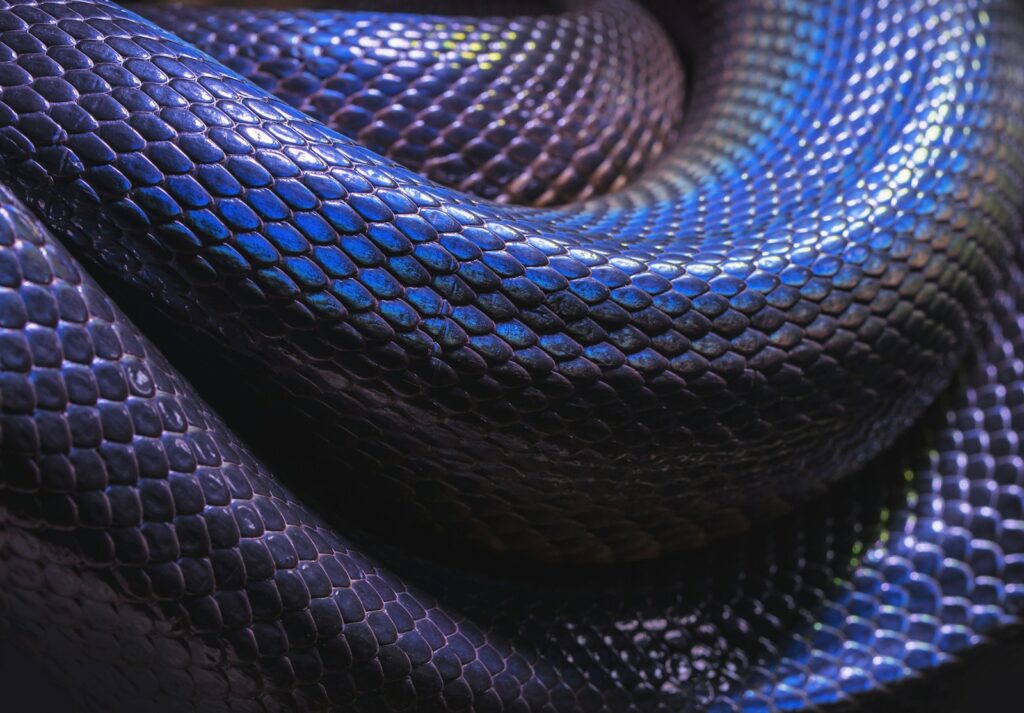
Despite their formidable size, the world’s largest python species face significant threats that impact their survival and maximum size potential. Habitat destruction represents the most pressing concern, with Southeast Asian rainforests being cleared at alarming rates for agriculture, logging, and urban development. The illegal wildlife trade targets these magnificent animals for their skins, meat, and for the live pet trade, removing potentially record-breaking specimens from the wild before they reach their maximum dimensions. Climate change is altering traditional habitats and prey distribution, creating additional stresses on python populations. Human persecution also impacts these snakes, as fear often leads to the killing of large specimens when they’re encountered, effectively removing the genetic potential for exceptional size from wild populations. Conservation efforts are increasingly focused on protecting both the species and the habitats that produce these remarkable giants.
Caring for Massive Captive Specimens

Maintaining record-sized snakes like Medusa in captivity presents extraordinary challenges that go far beyond those associated with keeping average-sized reptiles. Housing requirements are substantial, with specimens approaching or exceeding 20 feet requiring custom enclosures measuring hundreds of square feet with secure, robust construction that can withstand the snake’s incredible strength. Temperature and humidity control must be precisely maintained within specific parameters to ensure proper digestion, immune function, and overall health. Feeding regimens for giant pythons typically involve appropriately-sized prey items such as large rabbits, goats, or pigs, offered at intervals of weeks or months depending on the size of the meal. Most critically, handling and safety protocols must be extraordinarily rigorous, as snakes of this size possess enough strength to seriously injure or kill handlers; no person should ever work with such animals alone, and teams of at least 3-4 trained handlers are typically required for any direct interaction with the snake.
Scientific Importance of Record Specimens
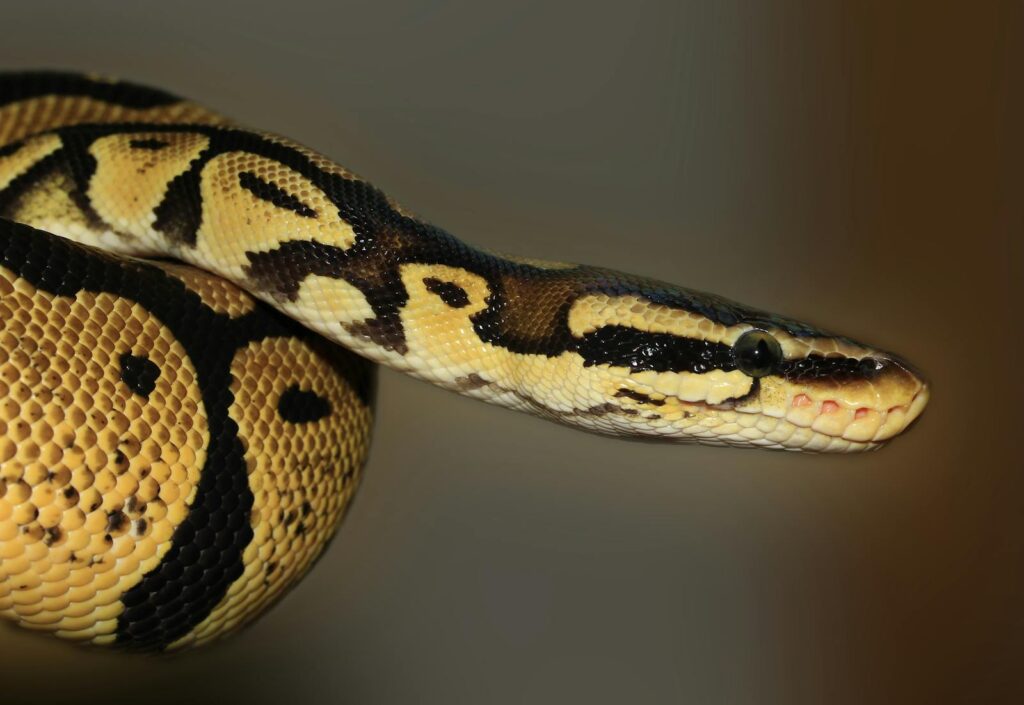
Beyond their impressive dimensions, record-sized snakes like Medusa provide invaluable scientific information about the upper limits of reptilian growth and physiology. Researchers studying these exceptional specimens gain insights into questions about maximum size potential in reptiles and the physiological adaptations that support such extraordinary dimensions. The cardiovascular systems of these giants present particular interest, as they must efficiently pump blood through extremely elongated bodies against gravity. Their specialized digestive processes reveal remarkable metabolic flexibility, with the ability to dramatically increase digestive enzyme production after feeding and then enter extended fasting periods with minimal metabolic cost. Studying the genetics of record-sized individuals helps scientists understand the heritability of growth factors and size potential. Additionally, these attention-grabbing specimens serve as powerful ambassadors for conservation, drawing public interest to the preservation of reptiles and their habitats.
Historical Giant Snake Accounts
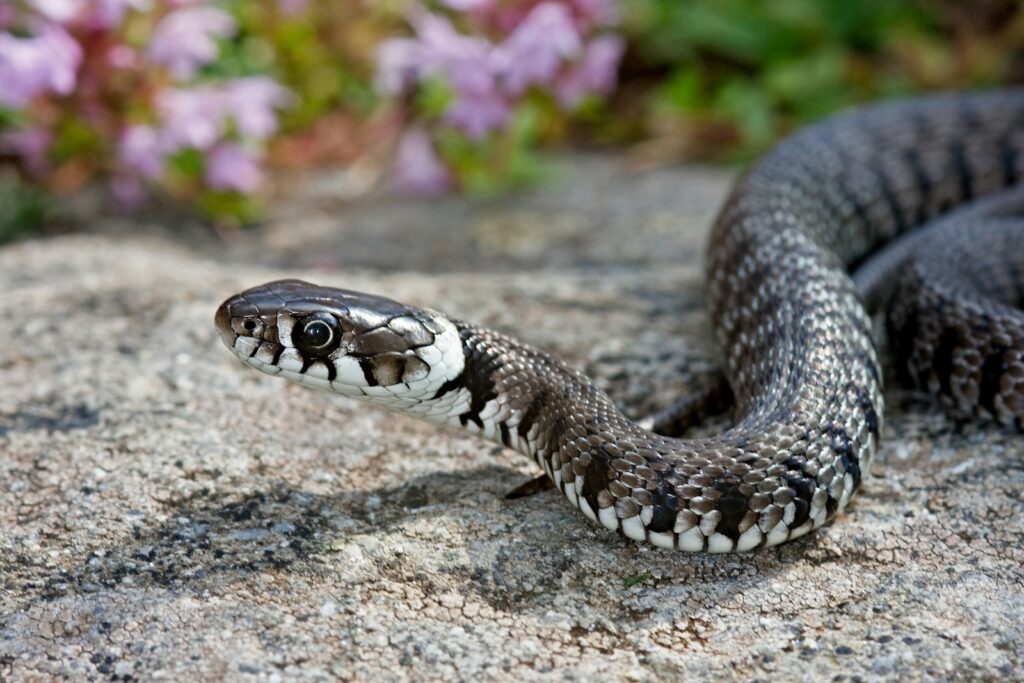
The fascination with enormous snakes extends deep into human history, with accounts of monster serpents appearing in folklore and historical records across cultures. Roman natural historian Pliny the Elder described enormous African pythons that could allegedly swallow entire cows and were said to exceed 40 feet in length. Similar claims appear in colonial-era exploration accounts, with early naturalists like Maria Sibylla Merian reporting on massive South American anacondas in the 17th century. The famous 19th-century explorer Percy Fawcett claimed to have shot a 62-foot anaconda in the Amazon, though no physical evidence corroborated this extraordinary assertion. These historical accounts must be interpreted cautiously, considering the tendency toward exaggeration, the difficulty of accurate measurement in field conditions, and the lack of photographic evidence or preserved specimens. Nevertheless, they reflect humanity’s enduring fascination with these serpentine giants and the possibility that occasional exceptional specimens might exceed our current verified records.
Green Anaconda: The Weight Champion
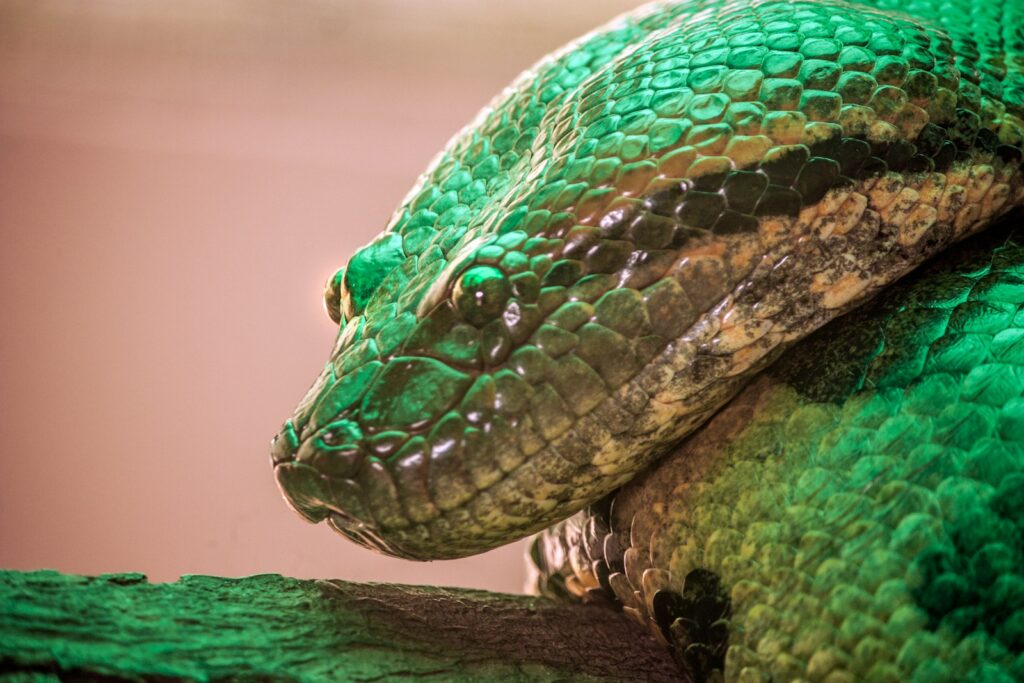
While the reticulated python holds the length record, the green anaconda (Eunectes murinus) deserves special mention as the heaviest snake species in the world. Native to the Amazon and Orinoco basins of South America, these massive aquatic constrictors have evolved a stockier, more massive build than their Asian python counterparts. The largest verified green anaconda specimen measured approximately 17.1 feet (5.21 meters) long but weighed an astonishing 500+ pounds (230+ kilograms), significantly outweighing a reticulated python of equivalent length. Their aquatic lifestyle has shaped their evolution toward greater girth and mass rather than extreme length, with females typically growing much larger than males. Green anacondas possess thicker bodies relative to their length, with muscular builds adapted for hunting in and around water bodies where they consume prey ranging from capybaras and caimans to occasional larger animals like tapirs or even jaguars.
The Future of Giant Snakes
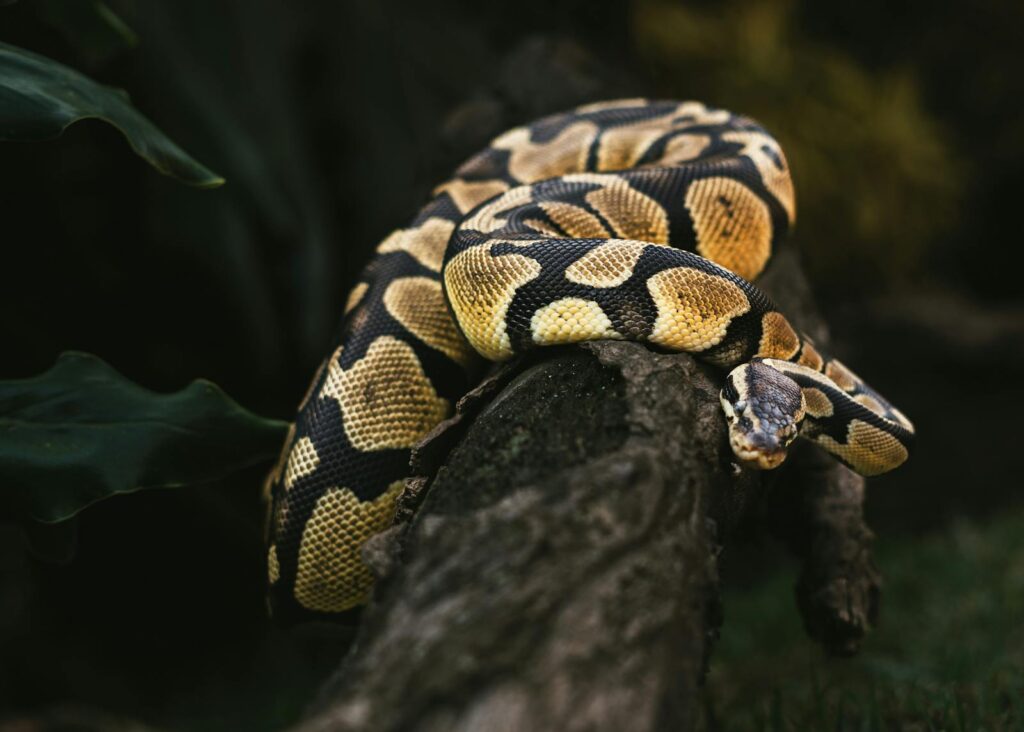
The outlook for record-breaking giant snakes remains uncertain in a rapidly changing world facing unprecedented environmental challenges. Continued habitat destruction throughout Southeast Asia and South America threatens the environments that produce and sustain the largest specimens. Climate change may alter growth patterns, prey availability, and reproductive success in ways that could limit maximum size potential. Increasing human population density in historically remote areas brings more giant snakes into conflict with people, often resulting in the killing of large specimens. However, conservation efforts offer some hope, with protected areas, breeding programs, and increased scientific understanding all contributing to preservation initiatives. Public fascination with these remarkable creatures may ultimately prove their greatest asset, as the wonder they inspire translates into support for conservation. Whether future generations will witness snakes surpassing current records remains to be seen, dependent on our collective commitment to preserving the habitats and conditions that allow these magnificent creatures to reach their full potential.
The largest non-venomous snakes represent extraordinary examples of evolutionary adaptation, having reached dimensions that captivate our imagination and scientific curiosity. While Medusa the reticulated python holds the official record at over 25 feet long, the true upper limits of snake size remain a subject of ongoing investigation and occasional controversy. As human activity continues to transform the planet’s wild spaces, the future of these remarkable giants hangs in the balance. Their continued existence in the world’s rainforests and wetlands depends not only on our scientific understanding but also on our willingness to protect the environments that allow them to grow to such impressive dimensions. These magnificent creatures, representing the pinnacle of serpentine evolution, continue to remind us of nature’s capacity for producing wonders that exceed our expectations.

